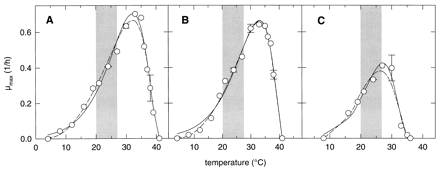Applied Statistics Lesson of the Day – The Full Factorial Design
March 4, 2014 1 Comment
An experimenter may seek to determine the causal relationships between factors and the response, where
. On first instinct, you may be tempted to conduct
separate experiments, each using the completely randomized design with 1 factor. Often, however, it is possible to conduct 1 experiment with
factors at the same time. This is better than the first approach because
- it is faster
- it uses less resources to answer the same questions
- the interactions between the
factors can be examined
Such an experiment requires the full factorial design; in this design, the treatments are all possible combinations of all levels of all factors. After controlling for confounding variables and choosing the appropriate range and number of levels of the factor, the different treatments are applied to the different groups, and data on the resulting responses are collected.
The simplest full factorial experiment consists of 2 factors, each with 2 levels. Such an experiment would result in treatments, each being a combination of 1 level from the first factor and 1 level from the second factor. Since this is a full factorial design, experimental units are independently assigned to all treatments. The 2-factor ANOVA model is commonly used to analyze data from such designs.
In later lessons, I will discuss interactions and 2-factor ANOVA in more detail.

Recent Comments